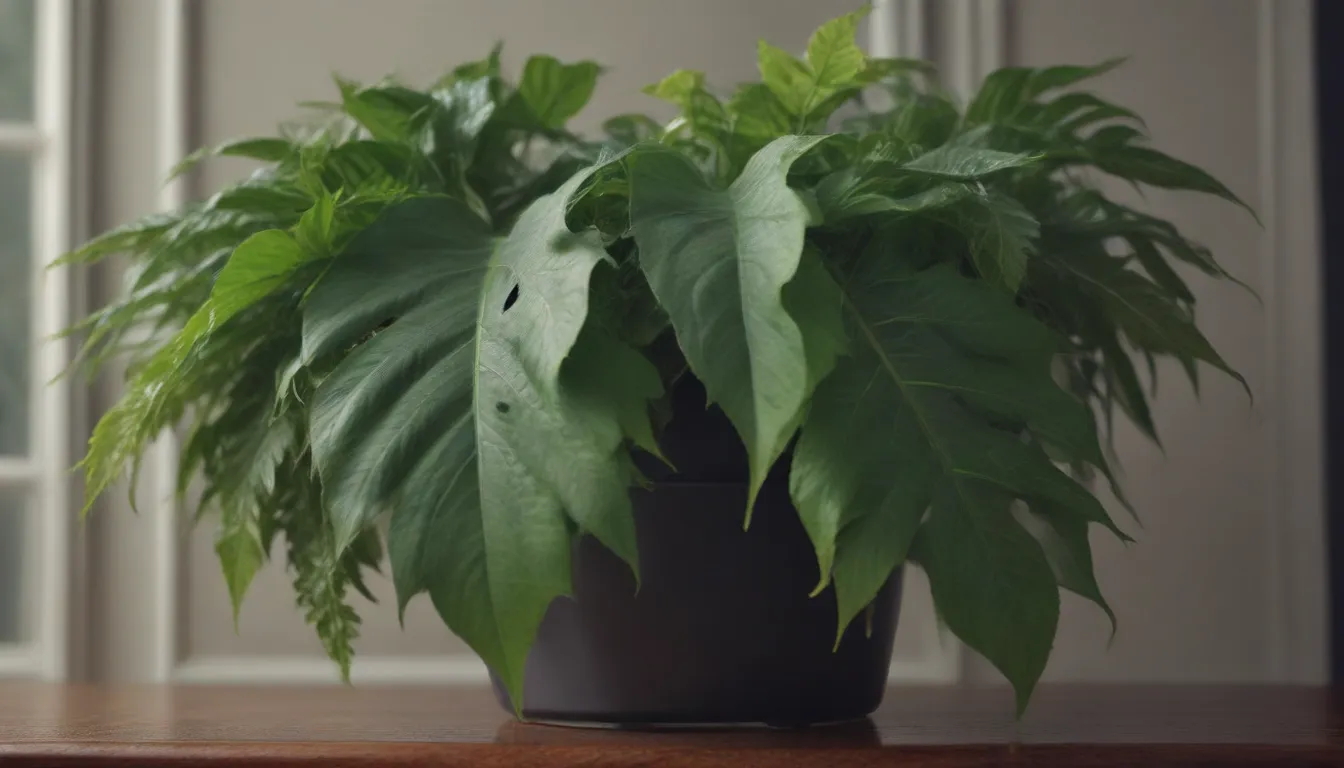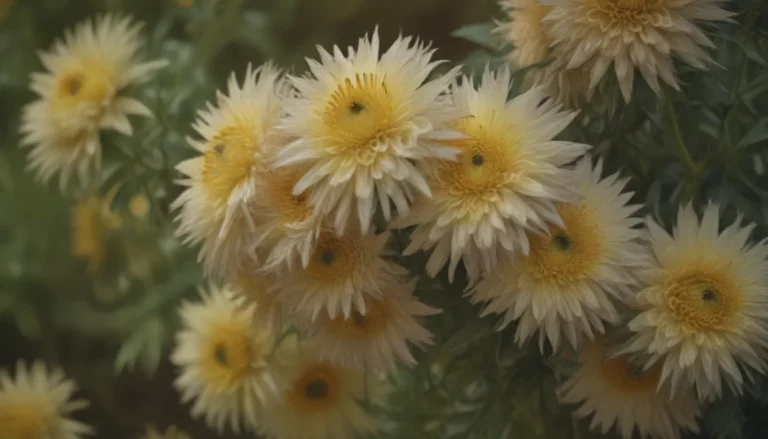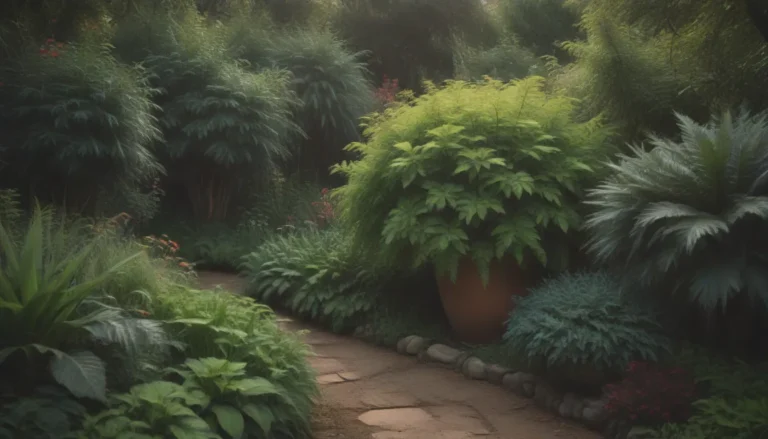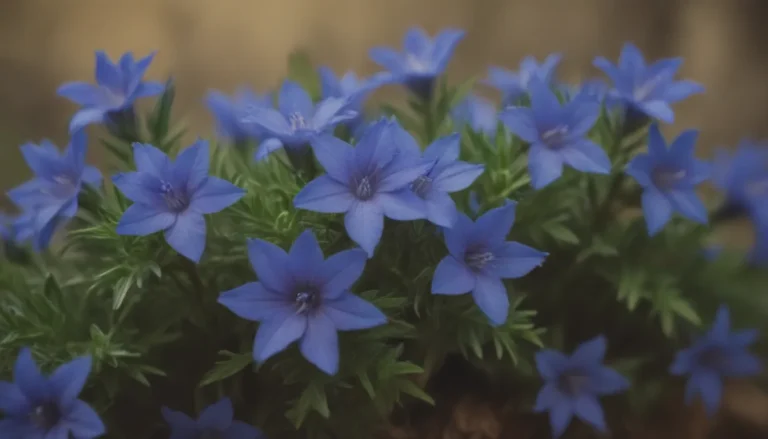The Mystery of Leaf Drop: Understanding Why Your Houseplants Shed Leaves and How to Fix It

Have you ever experienced the frustration of finding your beloved houseplant shedding leaves? It can be a puzzling problem to solve, but fear not, as we’re here to shed some light on this common issue. Leaf drop can be a normal part of a plant’s growth cycle, but sudden or excessive leaf loss can signal a problem that needs attention. In this comprehensive guide, we’ll explore the various reasons why leaf drop occurs on houseplants and provide you with practical solutions to address the issue.
Understanding Shock: The Common Culprit
Shock is often the primary reason behind leaf drop in houseplants and can be a challenging issue to resolve. This phenomenon is typically triggered by sudden changes in a plant’s environment, such as transitioning from outdoor to indoor conditions or vice versa. Factors like temperature fluctuations, humidity levels, light exposure, and watering patterns can all contribute to shock.
- Outdoor to Indoor Transition: When bringing a plant indoors during colder weather or moving it outdoors for the summer, it may experience shock.
- Newly Acquired or Repotted Plants: Plants that are recently purchased or repotted may go into shock as they adjust to their new surroundings.
While shock can be concerning, it’s often a temporary condition. To help your plant recover, gradually acclimate it to new conditions by slowly introducing changes in temperature, humidity, and light exposure. Patience is key as your plant adapts to its new environment.
Fun Fact
Did you know that houseplants not only add beauty to your home but also serve as natural air purifiers? They can absorb toxins and allergens through the process of photosynthesis, enhancing the air quality in your living space.
Combatting Low Humidity: A Moisture Management Strategy
Many houseplants are tropical species that thrive in high humidity environments. When grown in dry indoor conditions, especially during the winter months, plants may respond by dropping leaves to conserve moisture loss. To counteract low humidity levels:
- Use a Pebble Tray: Place your plant’s pot on a tray of pebbles filled with water to create a humid microclimate around the plant.
- Regular Leaf Mistings: Mist the leaves of your plant regularly to increase humidity and prevent them from drying out.
By implementing these strategies, you can help your plant adjust to drier indoor conditions and reduce the risk of excessive leaf drop.
Identifying Physical Damage: Protecting Your Plant from Harm
Plants that are situated in high-traffic areas or are frequently disturbed may experience leaf drop due to physical damage. Pets, children, or even careless movements can lead to leaves falling off. To safeguard your plant:
- Relocate to a Safer Spot: Move your plant to a low-traffic location where it is less likely to be bumped or brushed.
- Elevate the Plant: Position your plant at a higher level to prevent accidental contact and minimize the risk of damage.
By taking these precautions, you can minimize the risk of physical damage and help your plant maintain its foliage.
Dealing with Pests: A Common Leaf Drop Culprit
Pests like mealybugs, spider mites, and scale insects are notorious for causing leaf drop in houseplants. If you suspect a pest infestation, carefully examine fallen leaves for signs of insects. To address this issue:
- Inspect Your Plant: Thoroughly check your plant for any visible pests or signs of infestation.
- Treatment: Use insecticidal soap as a safe and effective method to control indoor pests and prevent further leaf drop.
By keeping a vigilant eye on your plant and promptly addressing any pest issues, you can protect your plant from unnecessary leaf loss.
Understanding Light Requirements: Shedding Light on Leaf Drop
Insufficient light exposure is another common factor that can lead to leaf drop in houseplants, especially during the winter months. If your plant is dropping leaves due to low light levels:
- Optimal Placement: Move your plant to a sunnier location where it can receive adequate natural light.
- Supplement with Artificial Light: Provide supplemental lighting, such as grow lights, to ensure your plant gets the light it needs to thrive.
By adjusting the light conditions for your plant, you can promote healthy growth and reduce the risk of leaf drop caused by inadequate lighting.
Managing Temperature Extremes: Keeping Your Plant Comfortable
Tropical plants are sensitive to extreme temperature fluctuations and may drop leaves when exposed to cold drafts or excessive heat. To maintain a suitable temperature for your plant:
- Avoid Drafts: Keep your plant away from drafty windows, doors, or vents to prevent temperature fluctuations.
- Regulate Indoor Temperature: Ensure that your plant is not placed near sources of heat, such as radiators or heat ducts, that can cause stress and leaf drop.
By providing a stable and moderate temperature environment, you can help your plant thrive and prevent unnecessary leaf shedding.
Balancing Watering Practices: Finding the Right Moisture Balance
Proper watering is crucial for the health of your houseplants, as both overwatering and underwatering can lead to leaf drop. To optimize your watering routine:
- Monitor Soil Moisture: Check the top inch of the potting soil to determine when your plant needs to be watered.
- Watering Technique: Water your plant thoroughly once the soil feels dry to the touch, allowing excess water to drain out of the pot.
By maintaining a consistent watering schedule and avoiding waterlogged or parched soil conditions, you can prevent leaf drop resulting from improper hydration.
Addressing Nutritional Deficiencies: Feeding Your Plant Adequately
If your plant exhibits yellowing or pale green leaves before dropping them, it may be signaling a lack of essential nutrients. To address a potential nutritional deficit:
- Fertilization: Increase the frequency of fertilizing your plant to provide the necessary nutrients for healthy growth.
- Follow Care Instructions: Refer to the care tag or plant manual for specific fertilization recommendations tailored to your plant species.
By ensuring that your plant receives adequate nutrients, you can promote lush foliage and reduce the risk of leaf drop due to nutritional deficiencies.
Know Your Plants: The Key to Successful Care
When selecting and caring for houseplants, it’s essential to understand the specific needs and requirements of each plant species. Different plants have varying light, water, temperature, and nutrition preferences, so it’s crucial to tailor your care routine accordingly. By familiarizing yourself with your plant’s unique characteristics:
- Read Care Instructions: Review the care guidelines provided with your plant to ensure proper care and maintenance.
- Research Plant Species: Learn about your plant’s native habitat, growth habits, and care requirements to provide optimal conditions for growth.
By developing a deeper understanding of your plants, you’ll be better equipped to nurture and enjoy them for years to come.
In conclusion, leaf drop on houseplants can be a common occurrence with various underlying causes. By identifying the specific reason for leaf drop in your plant and implementing targeted solutions, you can help your plant thrive and maintain its foliage. Whether it’s adjusting environmental conditions, managing pests, optimizing watering practices, or addressing nutritional needs, proactive care and attention can prevent unnecessary leaf loss and promote healthy growth. Remember to observe your plant’s responses, adjust your care routine as needed, and enjoy the beauty and benefits of caring for your indoor green companions.
Additional Sources:
– Why Houseplants Drop Leaves
– Transplant Shock





